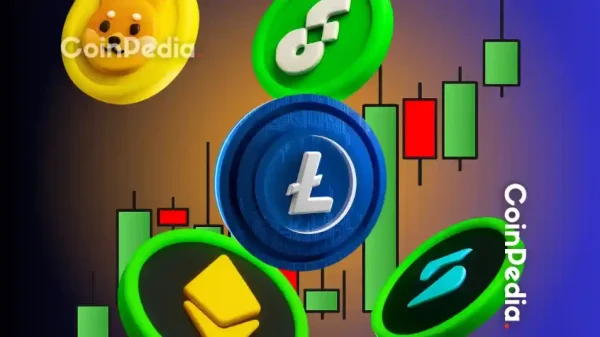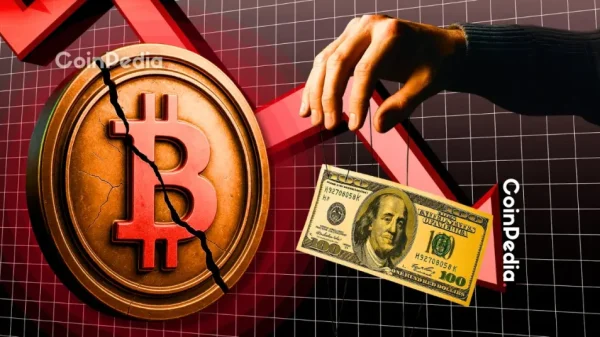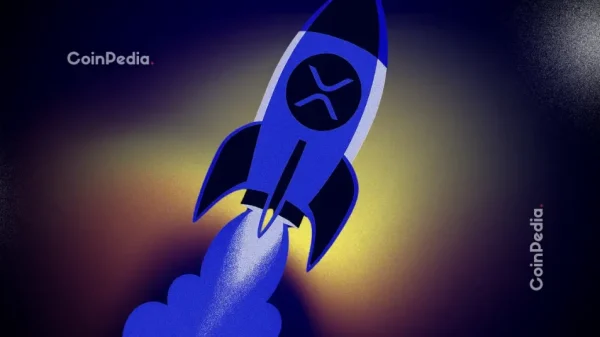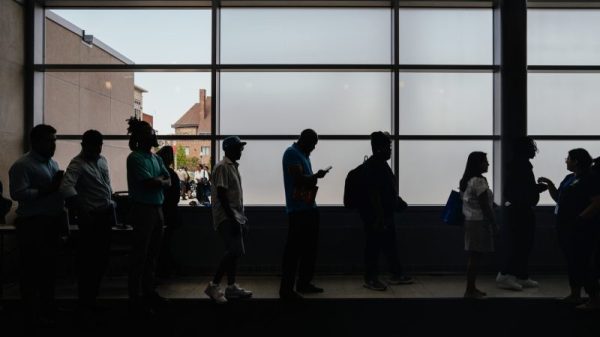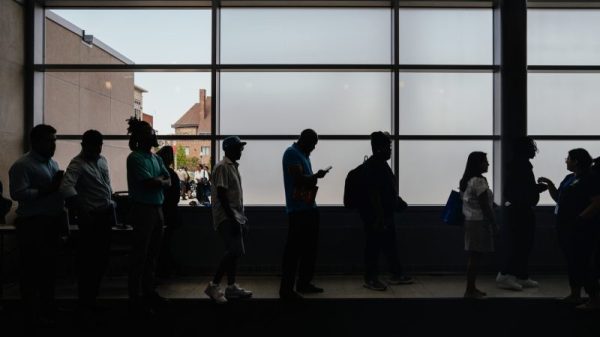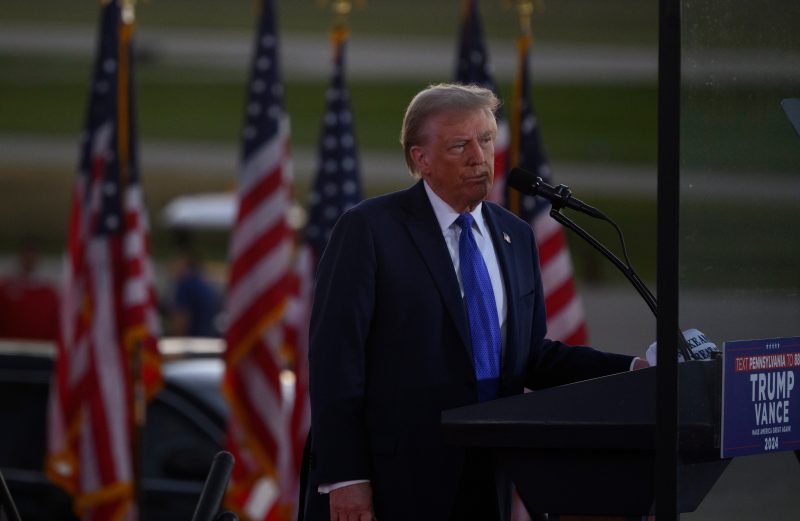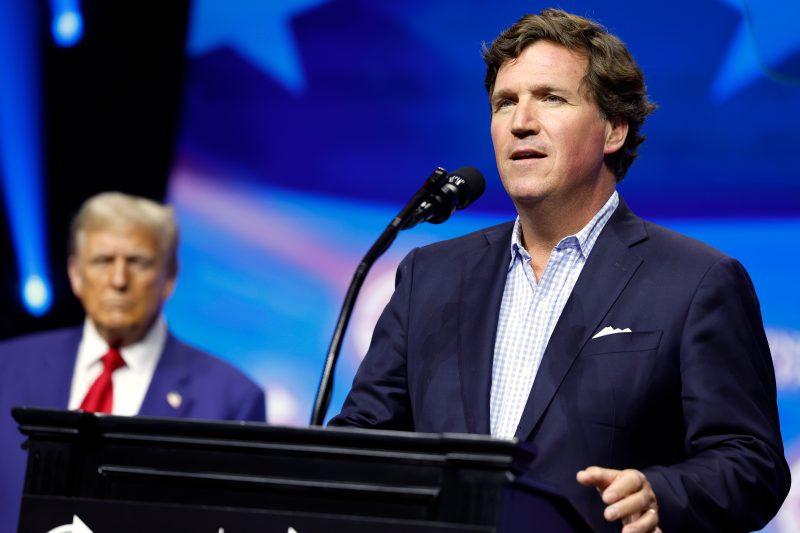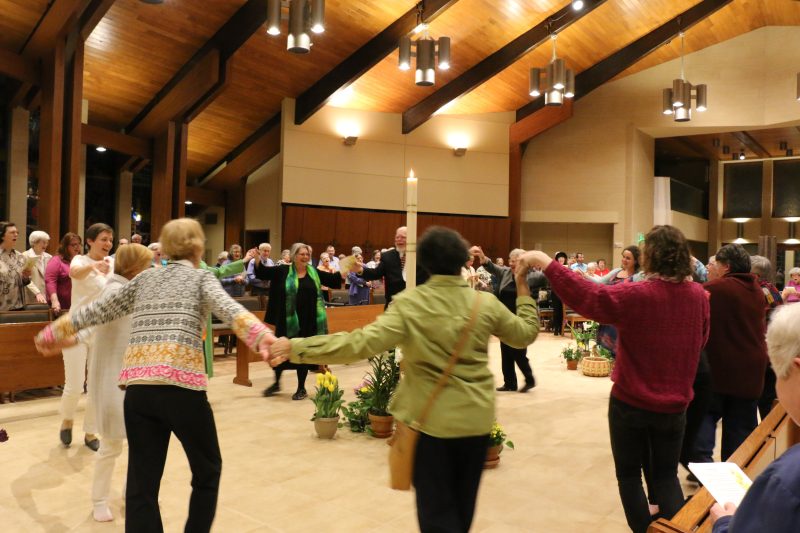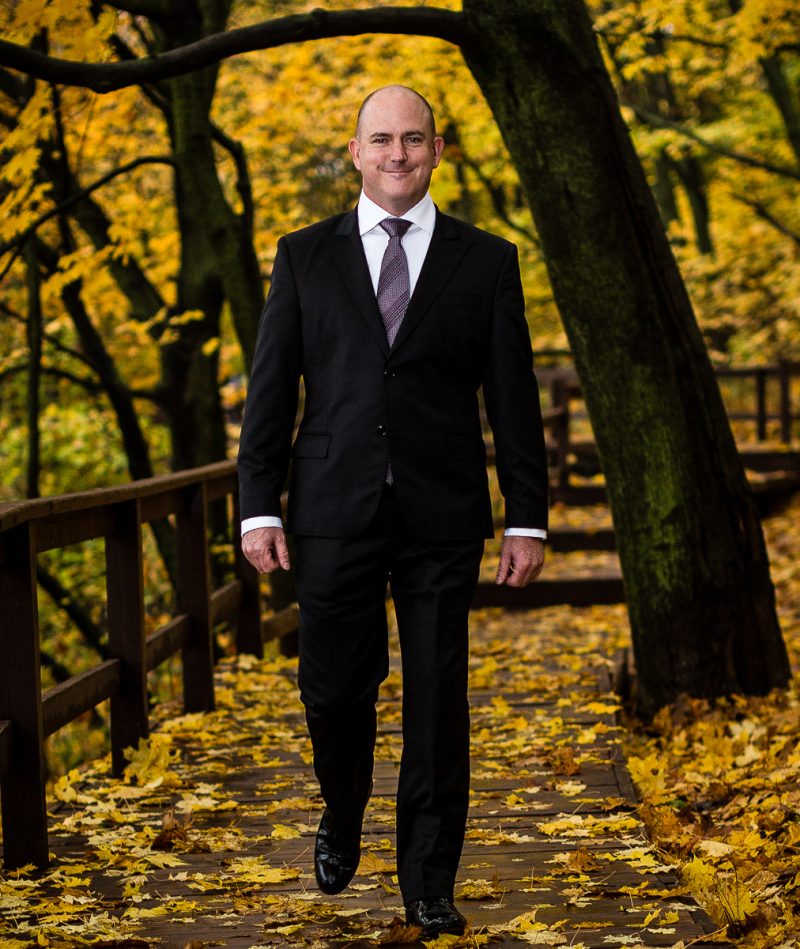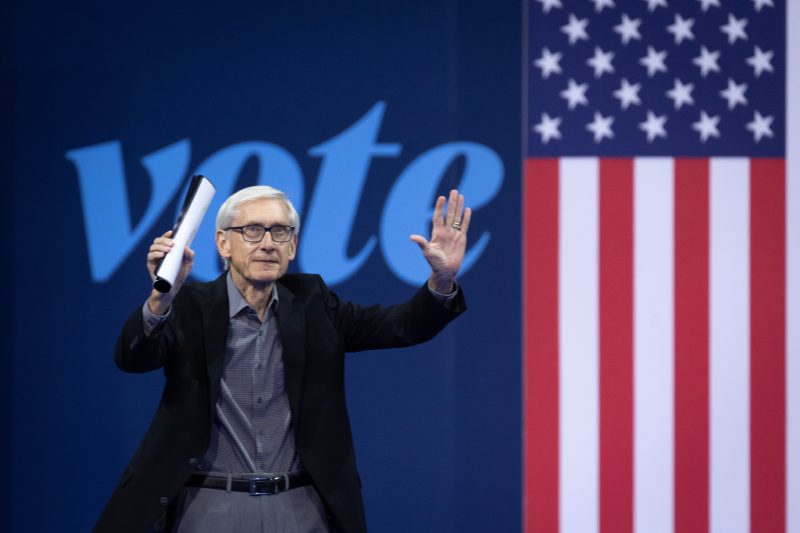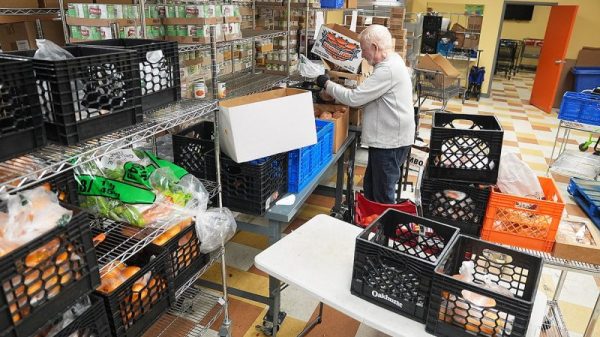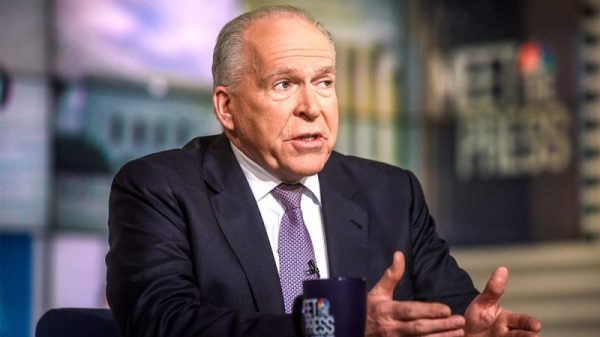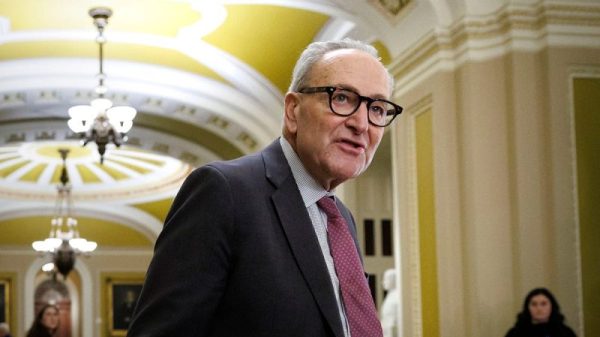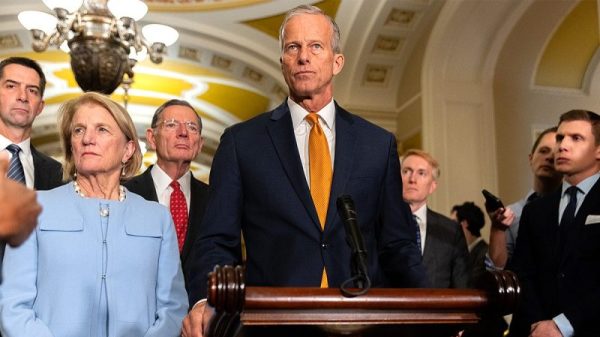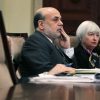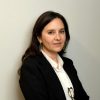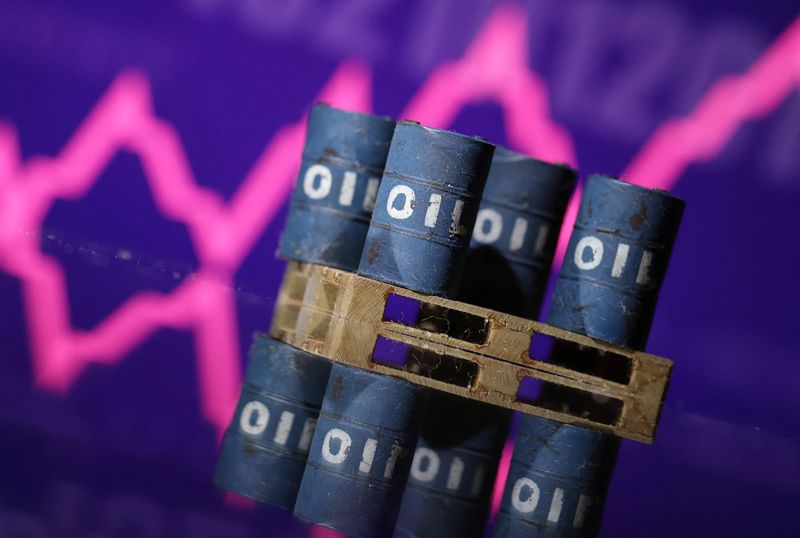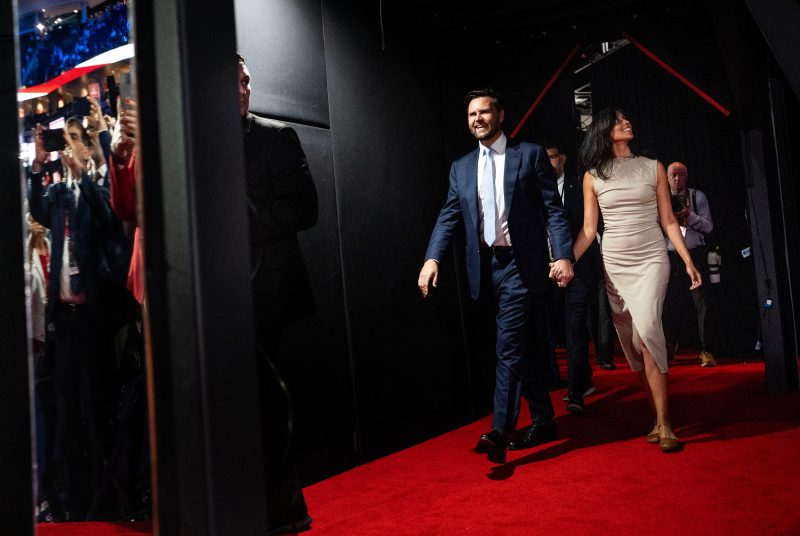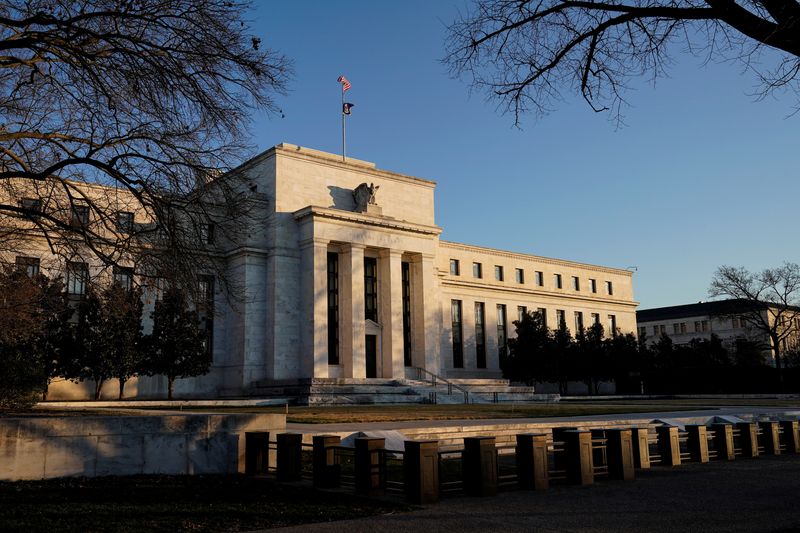
By Ann Saphir
(Reuters) – A slightly more hawkish set of Federal Reserve regional bank presidents will become voters on the U.S. central bank’s rate-setting panel in 2025, raising the chance that any further interest rate cuts next year could spur more dissents like the one seen on Wednesday from the head of the Cleveland Fed.
Fed Chair Jerome Powell has already signaled a pause in the rate cuts in January, saying on Wednesday that policymakers will move cautiously, with further reductions in borrowing costs contingent on seeing more progress in lowering inflation.
But the annual change in the makeup of the Federal Open Market Committee’s voting members may add marginally to resistance to additional cuts.
“It opens up the door to more dissenting votes next year,” said TD Securities analyst Oscar Munoz, because the incoming group leans hawkish compared with the outgoing group.
All 12 regional Fed presidents discuss and debate monetary policy at each of the U.S. central bank’s eight annual meetings, and many have said their status as voter or non-voter has no bearing on their sway around the policy-setting table.
Still, while all seven Fed governors and the New York Fed president vote on rates at every meeting, only four of the 11 other Fed regional presidents do, with each getting a one-year turn on a set schedule.
This week’s rate cut, which capped a full-percentage point of reductions to the Fed’s benchmark borrowing rate since September, was already a close call.
Four of the Fed’s 19 policymakers wrote down projections that show they felt the latest rate cut was not appropriate, and one, Cleveland Fed President Beth Hammack, cast a dissenting vote.
Hammack rotates off the voting panel next year. Voting in her place will be Chicago Fed President Austan Goolsbee, whose view that the policy rate will need to fall a fair bit next year to avoid unduly slowing the labor market marks him as decidedly more dovish than Hammack.
But two other new voters – St. Louis Fed President Alberto Musalem and Kansas City Fed President Jeffrey Schmid – give the 2025 rate-setting panel a more hawkish bent.
They will replace Atlanta Fed President Raphael Bostic and San Francisco Fed President Mary Daly, who are seen as centrists. Bostic and Daly will next vote in 2027.
TD Securities’ Munoz is among the analysts who speculate that Musalem was one of the four policymakers who submitted projections that signaled opposition to this week’s rate cut, joining Hammack and another non-voting Fed president, perhaps even Schmid.
Both Musalem and Schmid have signaled some hesitation on further rate cuts, with Musalem saying earlier this month that the time may have come for pausing the easing cycle.
The fourth may have been Fed Governor Michelle Bowman, who dissented on September’s half-percentage-point rate cut but may have come around to support this week’s rate cut over the course of the two-day meeting, Munoz and others speculated.
TWO CUTS
The Fed won’t reveal which policymakers made which projections for another five years, and though policymakers themselves are free to say, they often decline to do so. In any event, Fed rules bar them from speaking until Friday. Spokespeople for Musalem and Schmid did not respond to requests for comment.
Boston Fed President Susan Collins will round out the 2025 panel of rotating Fed voters, taking the spot of Richmond Fed President Thomas Barkin.
The majority of Fed policymakers see two rate cuts next year, updated quarterly projections published on Wednesday show, a view consistent with holding rates steady next month and perhaps for longer as policymakers wait for inflation to drop further and assess the effects of new policies, such as the tariffs that President-elect Donald Trump has threatened to impose once he takes office on Jan. 20.
As the year goes on, Fed policymakers may find themselves divided again, particularly if the labor market cools more rapidly than inflation.
A more hawkish group of Fed committee voters could raise the risk of dissent, though that may not change the policy outcome.
“Ultimately Powell will likely have the first and last word on where policy is headed,” said Michael Feroli, chief U.S. economist at JPMorgan.

